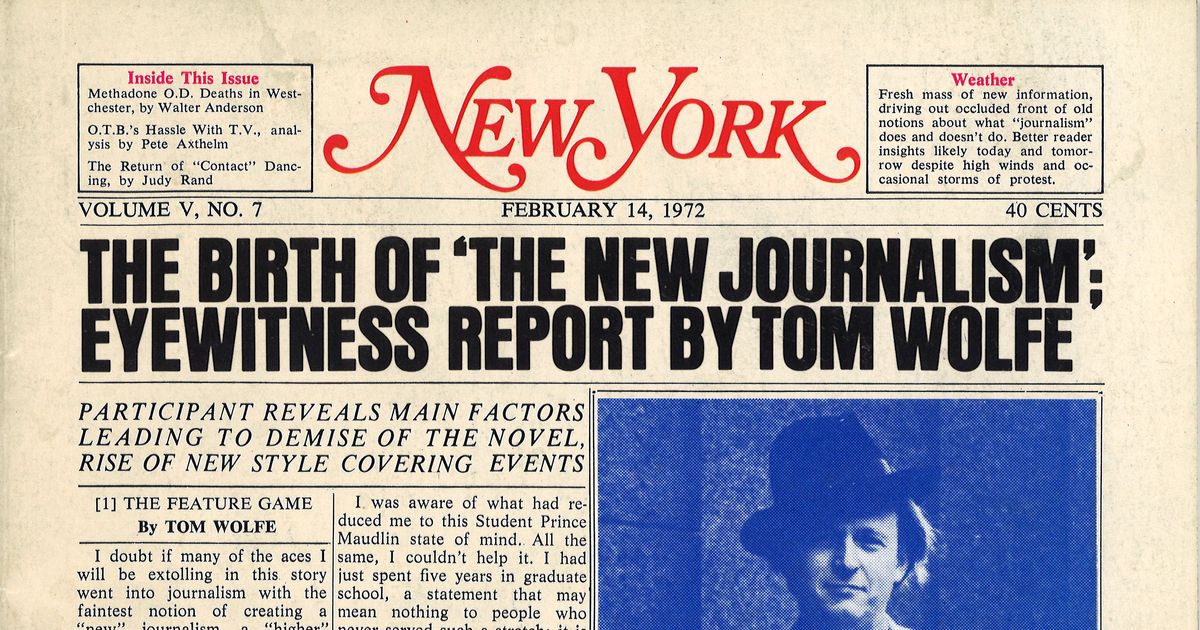More About News Articles
Table of ContentsThe Buzz on News ArticlesThe Best Strategy To Use For News ArticlesThe Buzz on News Articles10 Easy Facts About News Articles ExplainedThe Best Strategy To Use For News Articles
Great understanding of different topics gives students an affordable side over their peers. Although digital and social media sites are readily accessible, we should not neglect how vital it is to check out the newspapers. Parents must try and inculcate the behavior of reading a paper as an everyday regimen to continue the tradition of the adored print medium.Information tales likewise include a minimum of among the adhering to important attributes about the intended audience: proximity, importance, timeliness, human rate of interest, strangeness, or repercussion. The relevant term journalese is occasionally utilized, typically pejoratively, to refer to news-style writing. One more is headlinese. Papers usually follow an expository writing design.
Within these restrictions, information tales also intend to be thorough. Amongst the larger and more respected newspapers, fairness and balance is a significant factor in presenting information.
Newspapers with an international audience, for example, often tend to make use of a much more official design of creating. News Articles.; usual style guides include the and the US News Style Publication.
9 Simple Techniques For News Articles
As a policy, journalists will not use a long word when a brief one will do. News authors attempt to stay clear of utilizing the very same word much more than as soon as in a paragraph (often called an "echo" or "word mirror").
However, headings in some cases leave out the subject (e.g., "Leaps From Watercraft, Catches in Wheel") or verb (e.g., "Pet cat lady fortunate"). A subhead (also subhed, sub-headline, subheading, subtitle, deck or dek) can be either a secondary title under the main headline, or the heading of a subsection of the write-up. It is a heading that precedes the major message, or a team of paragraphs of the major text.

Extra signboards of any of these types may appear later on in the short article (specifically on subsequent pages) to lure more analysis. Such signboards are also utilized as tips to the short article in various other sections of the publication or site, or as advertisements for the piece in various other publication or sites. Normal structure with title, lead paragraph (summary in bold), various other paragraphs (details) and get in touch with details.
Example of a hard-lead paragraph NASA is proposing an additional room task. The company's budget demand, revealed today, consisted of a plan to send out one more mission to the Moon. This time around the agency wants to establish a long-lasting center as a jumping-off factor for various other space adventures. The spending plan requests roughly $10 billion for the project.
The NASA announcement came as the firm requested $10 billion of appropriations for the project. An "off-lead" is the second crucial front web page information of the day. The off-lead shows up either in the top left corner, or straight below the lead on the right. To "hide the lead" is to start the write-up with history information or details of second value to the readers, requiring them to learn more deeply into an article than they must have to in order to uncover the vital points.
The Buzz on News Articles
Common usage is that a person or more sentences each develop their own paragraph. Reporters generally describe the company or framework of a news story as an inverted pyramid. The necessary and most intriguing elements of a tale are placed at the start, with supporting info adhering to in order of diminishing relevance.
It allows people to explore a topic to only the deepness that their inquisitiveness takes them, and without the charge of information or subtleties that they might take into consideration pointless, however still making that info available to much more interested readers. The upside down pyramid framework likewise allows posts to be trimmed to any kind of arbitrary length throughout design, to fit in the room readily available.
Some writers begin their stories with the "1-2-3 lead", yet there are numerous kinds of lead readily available. A twist can refer to several points: The last story in the news broadcast; a "satisfied" story to finish the show.
Longer posts, such as magazine cover posts and the items that lead the within sections of a paper, are called. Attribute tales vary from straight news Continued in a number of means. Foremost is the lack of a straight-news lead, the majority of the moment. Rather of using the essence of a tale in advance, function authors might try to entice viewers in.
The 3-Minute Rule for News Articles
A function's very first paragraphs often associate a fascinating minute or event, as in an read the article "anecdotal lead". From the particulars of a person or episode, its sight promptly widens to abstract principles about the tale's topic.

The Editor's Toolbox: A Referral Overview for Beginners and Professionals (2001) Allan M. Siegal and William G. Connolly. The New York City Times Manual of Style and Use: The Official Design Overview Made Use Of by the Writers and Editors of the World's Most Reliable Paper (2002) M. L. Stein, go to this site Susan Paterno, and R.